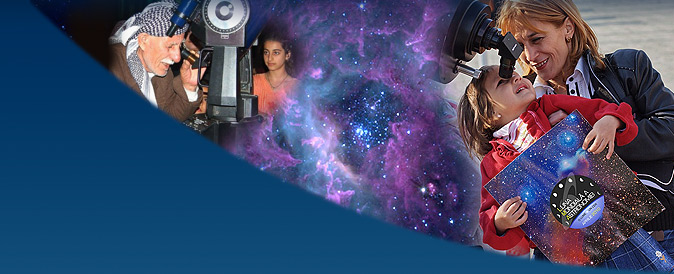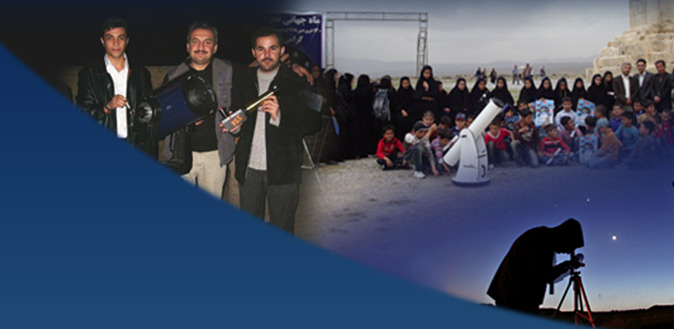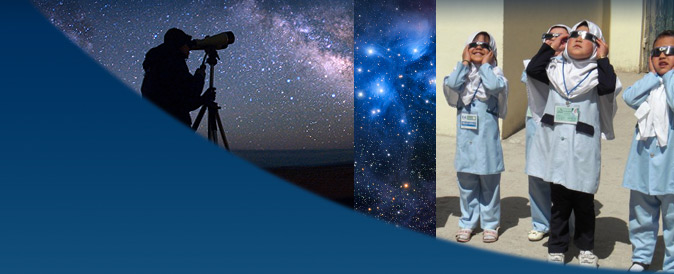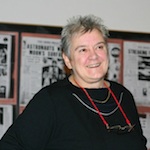GAM 2012 Blog
|
April 27 By Deirdre Kelleghan |
Back to the GAM Blog | 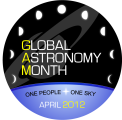 |
| The city on a sun drenched day. The Spire reflects and swirls the vibrant life of Dubliners mingled with mirrored clouds and the dominant blue light from our nearest star. | ||
Flower sellers petals are jollied by the brightness. Mica within the Liffey’s walls sparkle; ice cream melts down smiling faces. Celtic skin hovers in winters long lost vitamin, a gift from the sun, 93 million miles from the city. We enjoy our sophisticated fully functioning star, down here on one of the left over bits from its formation.
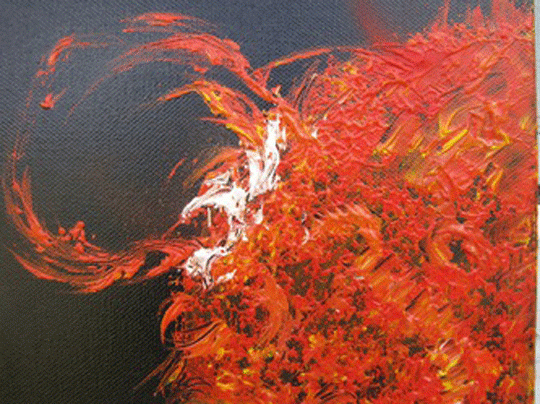
When we analyse light from our sun or any star we can see the arrangement of elements within its spectra. Looking into a star’s pattern of elements is like looking at the code of that star, its personal finger print, its DNA. Humans are bound together by the same elements which were created during the birth and death of stars. Our essence is ultimately recycled throughout unimaginable eons of time, black space and accreted molecular clouds.
Everything in our mortal shell has come from stars and we here on Earth exist because we have our mother star with all its power keeping us in a comfortable orbit around it. We live in the vast atmosphere of the sun. Our Earth in its breathable bubble is just one of many objects lit by the suns light and held up by its mass. Sunlight grows our food, is essential for photosynthesis the mechanism for the production of oxygen. We are in effect sustained by our star for all our lives.
Sunlight feeds our spirit and guides our way, makes our sky blue by offering its shorter wave blue light to be scattered around the sky. Our sun gives us blue for our sky from its rainbow colour palette. Light from the sun looks white, but is actually a combination of many colours. We can see sunlight’s range in a rainbow when the light is naturally spilt into its spectrum. These occurrences are brought to our eye by nature’s prisms, water droplets in the atmosphere.
My observations of the sun using my filtered Personal Solar Telescope, shows me a layered stellar atmosphere, a complex 3D ball full of dynamic action. My telescope has an objective of 40mm, very small; the solar disc appears even smaller, around 30mm in diameter. Each physically humongous feature on the sun appears to my eye as a tiny miniscule object. My task in drawing these features is to be accurate and to enlarge without losing detail. Over several years I have developed a drawing method that for the moment is producing sketches of the sun in as accurate a way possible for me.
Drawing the sun over time is very inspiring; many of my latest paintings are directly influenced by my observations of solar fibrils lining themselves up along magnetic field lines. Filaments arching above the chromosphere are mine to see before they whip themselves around the limb, to be renamed as prominences. Vast explosions of gas, leaping off the solar limb into space, create wonderful shapes expressing power with beauty in their unique extreme dance action.
My paintings express both the activity on the solar disc and the elements found in stars and people. Humans are so interconnected with stars that even in our bodies we carry elements like gold, aluminium, copper and other unlikely human/stellar ingredients. I introduced fine copper shavings to surround black sunspots in my paintings. The umbra surrounding solar spots are complexly patterned structures. Within my heavily layered acrylics lurk spherical metals, copper wire, shavings, and metallic foils. In some of my latest works, a sculptural aspect has crept in. This for me it helps show something of the layers in the stellar structure, the photosphere being beneath the chromosphere, and the apparent pulling out and up that seems to be the action on the edges of sunspots.
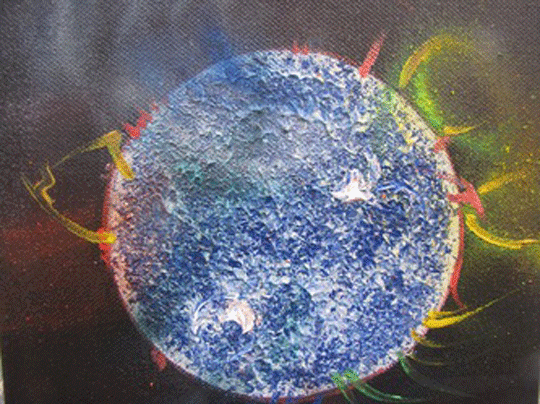
In the human elements direction some of my paintings attempt to express human essence. Human particulates, the human code, dissipating into the Universal soup. Our final blending in death with the natural world, with which we are often detached while living.
I relish using palette knives, with good quality heavy duty acrylic paint, for me there is no substitute. Occasionally, I use structure gels and gels with grains or even crushed stone to give additional texture to my paintings.
When our Earth rotates toward east as the sun appears to dip below the western horizon we see our true unobstructed place in space. We are witness every clear night to the magnificent solar system in which we travel. Look up; each star is itself a sun, some of which are orbited by Earth like planets. Most are like our sun, mid way through their lives, some are only newborns, and some stars are almost finished their many billion year’s stellar journeys. Spend a little time looking, check out the Orion nebula a superb telescope object a grey nebula (cloud) in the sword of Orion in the constellation of the same name. A place where stars are born, a place that truly we can say we are seeing into the future and the past. For solar viewing during the day, only use specially designed solar telescopes. Or ask at your local astronomy club, someone will be glad to show you. To keep up with the sun you can visit Space weather, or Solar Dynamics Observatory.
To observe star s at night use your eyes, learn to recognise constellations. Learn one or two the rest will follow. Constellations are best observed away from city lights. In Dublin you can visit the Dunsink Observatory. The Irish Federation of Astronomical Societies has clubs dotted around the country and will always be glad to have new members. For a mini round up of each months sky visit What’s Up from Jane Houston Jones.
WARNING: No person should ever look at the sun unless they have a solar telescope or are with an astronomer who has specialised equipment. Our sun is very dynamic, if you do hot have a solar telescope you can look online links above. Always think safe when dealing with the sun.
_____
This blog article is a repost from PIVOT Dublin
|
|
Deirdre Kelleghan, an amateur astronomer and artist whose equal passion for science and art is demonstrated in her work. Deirdre is a Discover Science and Engineering Science Ambassador 2012, Vice Chair of the Irish Federation of Astronomical Societies, National Co-ordinator for Astronomers Without Borders, as well as being UNAWE rep in Ireland. Deirdre will also be contributing to the Dublin City Public Libraries programme of events for Dublin: City of Science 2012. |

